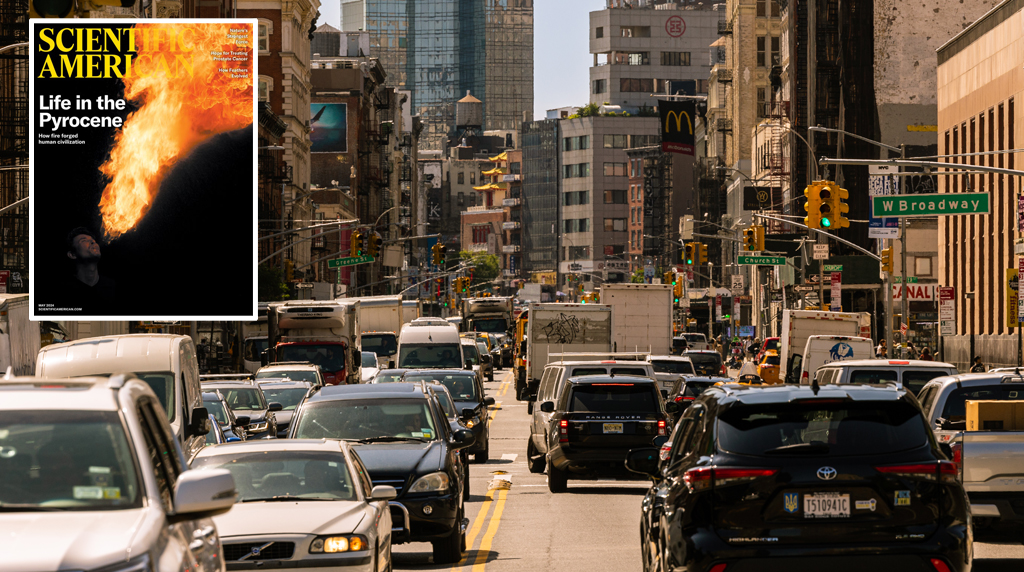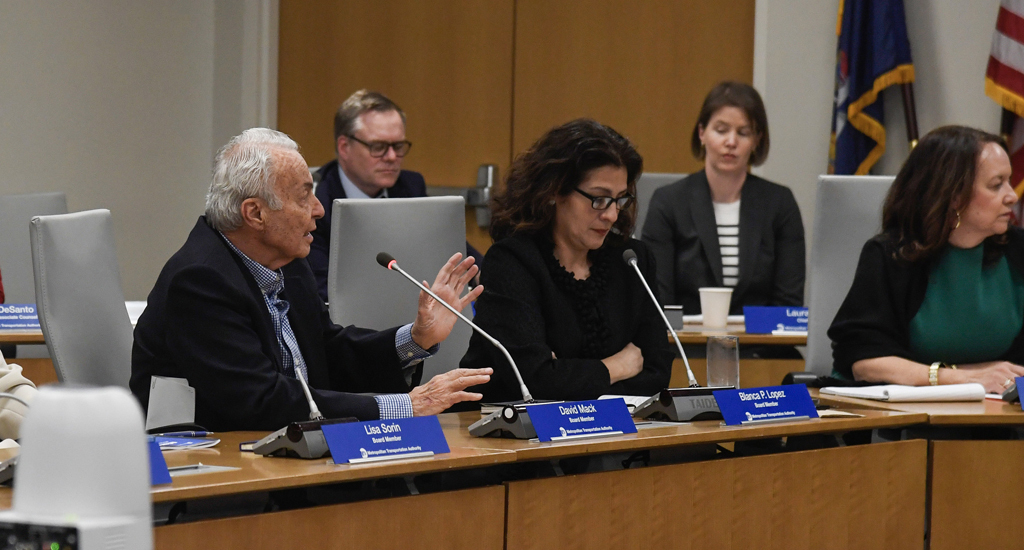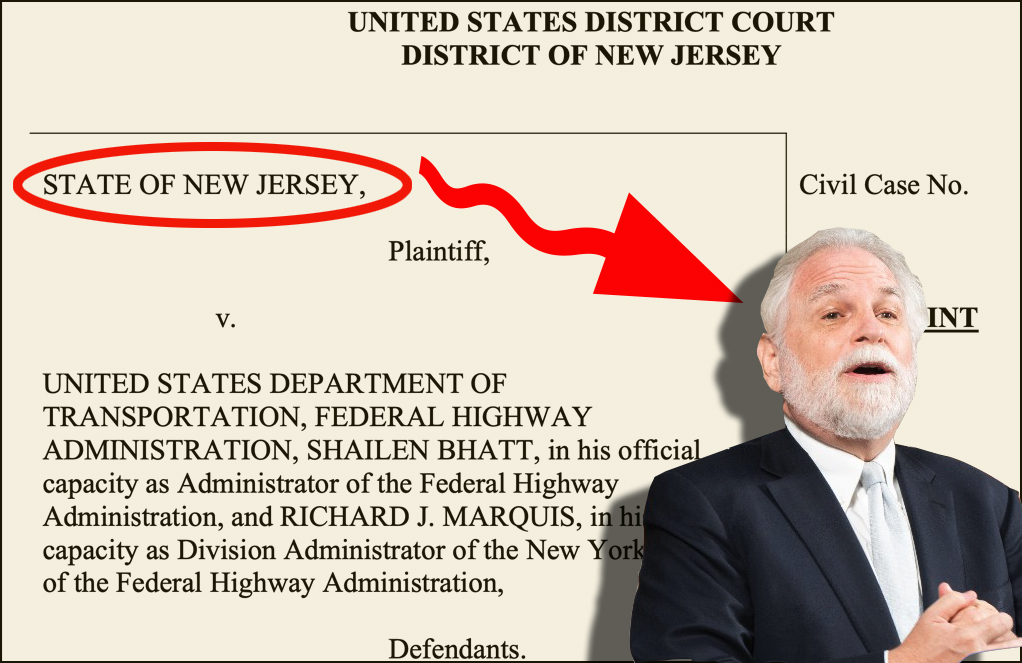 New Yorkers can expect more misery on the streets as well as underground if the MTA has to follow through on the austerity measures it unveiled yesterday. The transportation analysts behind the Kheel Plan -- the congestion pricing variant that balances higher driver fees with free transit -- calculate that the likely combination of service cuts and higher fares and tolls will put tens of thousands more cars on the road:
New Yorkers can expect more misery on the streets as well as underground if the MTA has to follow through on the austerity measures it unveiled yesterday. The transportation analysts behind the Kheel Plan -- the congestion pricing variant that balances higher driver fees with free transit -- calculate that the likely combination of service cuts and higher fares and tolls will put tens of thousands more cars on the road:
Kheel's team reported these likely consequences from a combination of a 25% across-the-board subway-and-bus fare hike and proposed service cuts, along with a $1.00 increase in MTA bridge and tunnel tolls:
- An additional 30,000 cars (a 4 percent increase) driven into the City’s most congested streets
- A 6 percent drop in subway ridership and a 4 percent drop in bus ridership;
- A 4 percent decrease in already snail-paced traffic speeds
The figures derive from an updated version of the Balanced Transportation Analyzer, the Kheel planners' number-crunching algorithm. The new BTA will be unveiled shortly, together with a revised Kheel Plan, "with time-varying tolls and subway fares sufficient to close the MTA deficit and fund vital expansions." That means the new plan will include the option to charge fares during peak times, spokesman Mark Hannah told Streetsblog. (Charles Komanoff outlined the revisions on Streetsblog this June.)
Free transit was not bandied about much at the Ravitch Commission's public hearings in September, but Kheel's team sees a window of opportunity in the next election. "Our major goal is to make our
plan an issue in the 2009 campaign," Hannah said, noting that several electeds have reacted positively to the Kheel proposal. "It's a matter of, at this point,
getting a champion."
Meanwhile, for all you wonks in the audience, follow the jump for more information on the methodology behind the projections.
- The team's findings conservatively reflect the expected reduction in car travel from a $1.00 toll increase on MTA bridges and tunnels.
- The Kheel team assumed that the MTA's subway service cuts result in an average 6% increase in the duration of an average trip.
- The BTA assumes conservatively that only half of “disappeared” transit trips re-materialize as car trips; it also takes carpooling into account, so that each new trip in a car adds less than one new car to the roads.
- The BTA feeds back traffic increases to travel demand (i.e., road gridlock is somewhat self-limiting), thus producing a conservative estimate of the number of additional cars resulting from costlier and less-frequent transit service.
- The BTA includes conservative (low) assumptions of the effect of higher fares on subway use (“price-elasticities” of -0.09 for subway work trips, -0.234 for other subway trips).
Photo: spectraversa/Flickr
 New Yorkers can expect more misery on the streets as well as underground if the MTA has to follow through on the
New Yorkers can expect more misery on the streets as well as underground if the MTA has to follow through on the 



